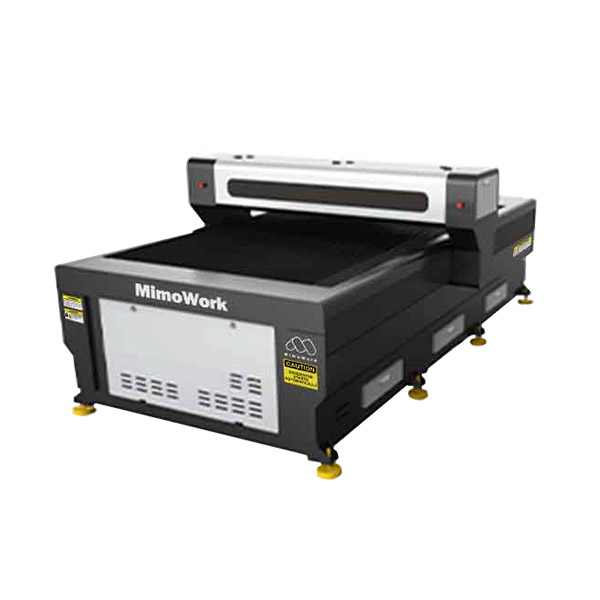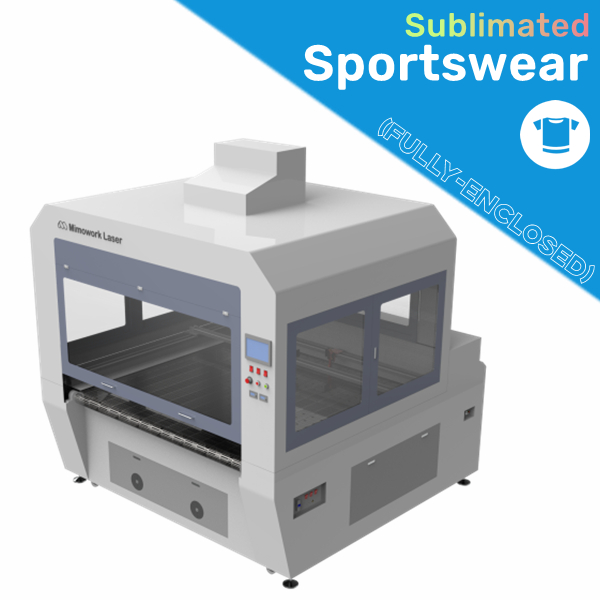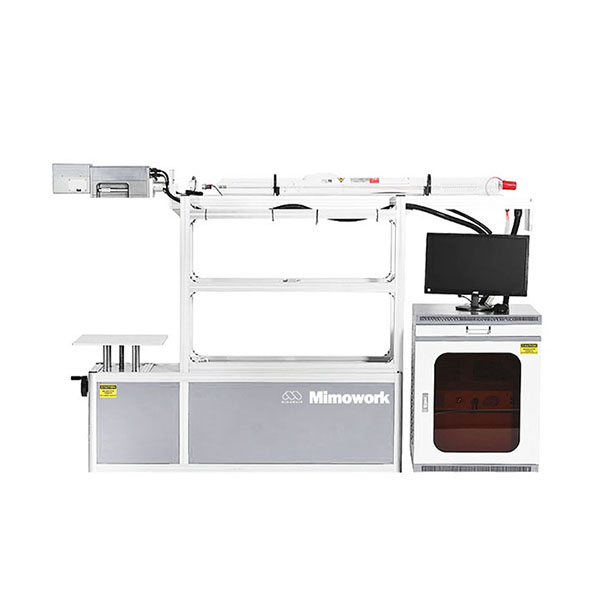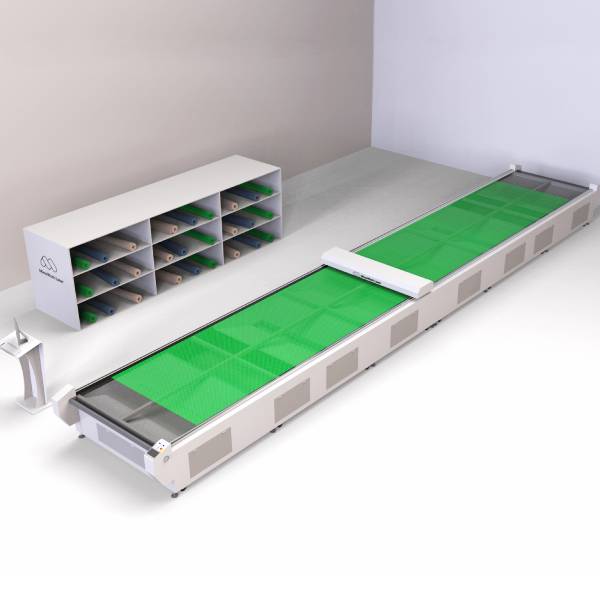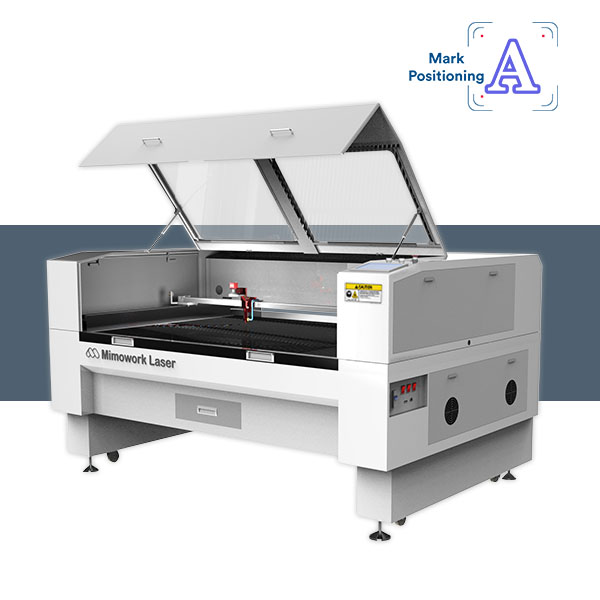China Wholesale Laser Engraver For Wood Manufacturers Suppliers - Pulsed Laser Cleaner (100W, 200W, 300W, 500W) – MimoWork Laser
China Wholesale Laser Engraver For Wood Manufacturers Suppliers - Pulsed Laser Cleaner (100W, 200W, 300W, 500W) – MimoWork Laser Detail:
(portable laser cleaning machine for metal & non-metal)
Technical Data
|
Max Laser Power |
100W |
200W |
300W |
500W |
|
Laser Beam Quality |
<1.6m2 |
<1.8m2 |
<10m2 |
<10m2 |
|
(repetition range) Pulse Frequency |
20-400 kHz |
20-2000 kHz |
20-50 kHz |
20-50 kHz |
|
Pulse Length Modulation |
10ns, 20ns, 30ns, 60ns, 100ns, 200ns, 250ns, 350ns |
10ns, 30ns, 60ns, 240ns |
130-140ns |
130-140ns |
|
Single Shot Energy |
1mJ |
1mJ |
12.5mJ |
12.5mJ |
|
Fiber Length |
3m |
3m/5m |
5m/10m |
5m/10m |
|
Cooling Method |
Air Cooling |
Air Cooling |
Water Cooling |
Water Cooling |
|
Power Supply |
220V 50Hz/60Hz |
|||
|
Laser Generator |
Pulsed Fiber Laser |
|||
|
Wavelength |
1064nm |
|||
* laser powers – laser cleaner size
* pulse width – heat affected area
* fiber cable length – movement flexibility
How to select suitable laser cleaning configuration?
Superiority of Pulsed Fiber Laser Cleaner
▶ Non-Contact Processing
Exposure to the rusted metal workpieces to high-concentrated light energy, laser cleaners remove the contaminant through the combined effect of evaporation, ablation treatment, impulse wave, and thermoelastic stress. No cleaning medium is required in the whole rust removal process, the laser cleaning process avoids the problem of damaging the base material from the traditional physical polishing cleaning or cleaning the additional chemical residual from the chemical cleaning method.
▶ Environmentally Friendly
The smoke dust that is generated from the vaporization of the surface coating materials can be collected by the fume extractor and discharged into the air through purification, such a way minimizes the pollution to the environment and health concerns from the operators.
▶ Multi-function
By simply adjusting the power parameter, one can remove the surface dirt, coated paint, rust, and film layer from the metal, oxide, or inorganic non-metal materials with the same laser cleaning machine. This is an absolute advantage that any other traditional cleaning method does not have.
▶ Low Operating and Maintenance Cost
Compared with sandblasting and dry ice cleaning, laser cleaning does not require additional consumables, cutting down the operating costs from the first day.
Comparison: laser cleaning VS other cleaning methods
| Laser Cleaning | Chemical Cleaning | Mechanical Polishing | Dry Ice Cleaning | Ultrasonic Cleaning | |
| Cleaning Method | Laser, non-contact | Chemical solvent, direct contact | Abrasive paper, direct contact | Dry ice, non-contact | Detergent, direct-contact |
| Material Damage | No | Yes, but rarely | Yes | No | No |
| Cleaning Efficiency | High | Low | Low | Moderate | Moderate |
| Consumption | Electricity | Chemical Solvent | Abrasive Paper/ Abrasive Wheel | Dry Ice | Solvent Detergent
|
| Cleaning Result | spotlessness | regular | regular | excellent | excellent |
| Environmental Damage | Environmental Friendly | Polluted | Polluted | Environmental Friendly | Environmental Friendly |
| Operation | Simple and easy to learn | Complicated procedure, skilled operator required | skilled operator required | Simple and easy to learn | Simple and easy to learn |
Enhance cleaning efficiency and quality with a portable fiber laser cleaner
⇨ Make a profit from it now
How to performe the laser cleaning appropriately – 4 Methods
Various Laser Cleaning Ways
◾ Dry Cleaning
– Use the pulse laser cleaning machine to directly remove rust on the metal surface
◾ Liquid Membrane
– Soak the workpiece in the liquid membrane, then use the laser cleaning machine for decontamination
◾ Noble Gas Assist
– Target the metal with the laser cleaner while blowing the inert gas onto the substrate surface. When the dirt is removed from the surface, it will be blown off immediately to avoid further surface contamination and oxidation from the smoke
◾ Noncorrosive Chemical Assist
– Soften the dirt or other contaminant with the laser cleaner, then use the noncorrosive chemical liquid to clean (commonly used for cleaning stone antiques)
Samples of Fiber Laser Cleaning

• Metal surface de-rusting
• Graffiti removal
• Remove paint and de-scaling paint removal
• Surface stains, engine oils and cooking grease of removal
• Surface plating and powder coating of removal
• Pre-treatment and post-treatment for welding (surface, joints and welding slag)
• Clean cast mold, injection mold, and tire mold
• Stone and antique repairment
▶ Send your materials and demands to us
MimoWork will help you with material testing and laser cleaning guide !
Related Laser Cleaning Machine

Continuous Laser Cleaner

Handheld Laser Cleaner

Rust Laser Remover
Any questions about the laser cleaner machine price
Product detail pictures:
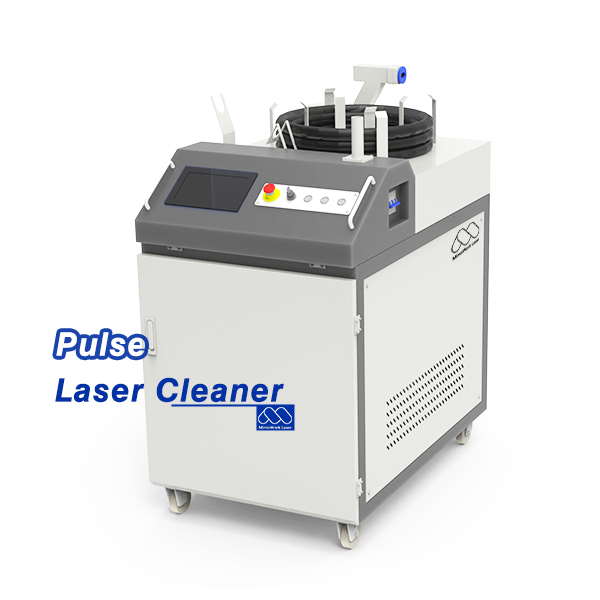
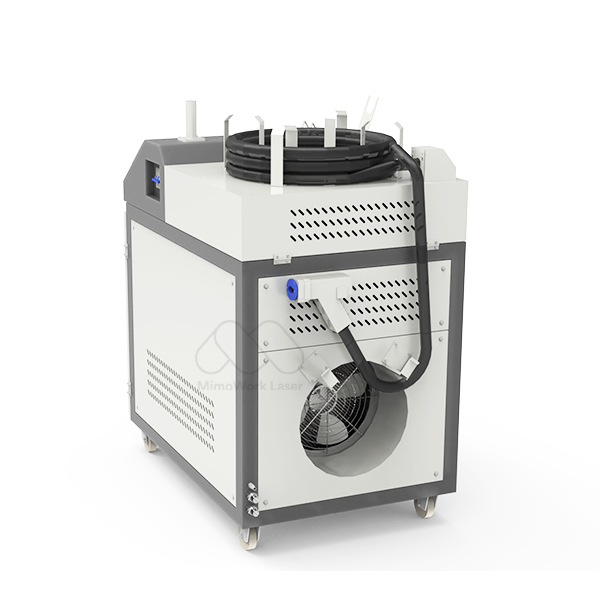
Related Product Guide:
We'll make each hard work to become excellent and excellent, and speed up our measures for standing from the rank of intercontinental top-grade and high-tech enterprises for China Wholesale Laser Engraver For Wood Manufacturers Suppliers - Pulsed Laser Cleaner (100W, 200W, 300W, 500W) – MimoWork Laser , The product will supply to all over the world, such as: Peru , Sacramento , kazakhstan , They are sturdy modeling and promoting effectively all over the world. Never ever disappearing major functions within a quick time, it's a have to in your case of fantastic good quality. Guided by the principle of "Prudence, Efficiency, Union and Innovation. the corporation. ake an excellent efforts to expand its international trade, raise its organization. rofit and raise its export scale. We have been confident that we've been going to have a bright prospect and to be distributed all over the world in the years to come.
Customer service staff and sales man are very patience and they all good at English, product's arrival is also very timely, a good supplier.


